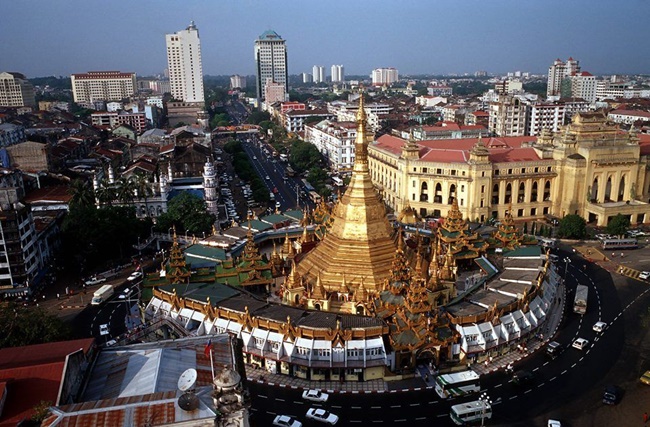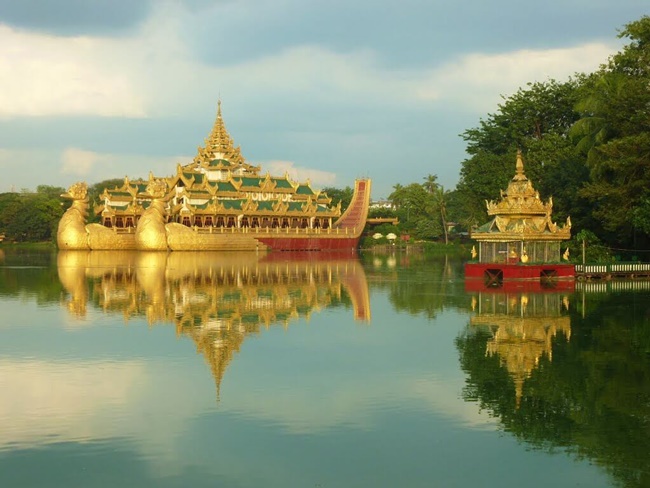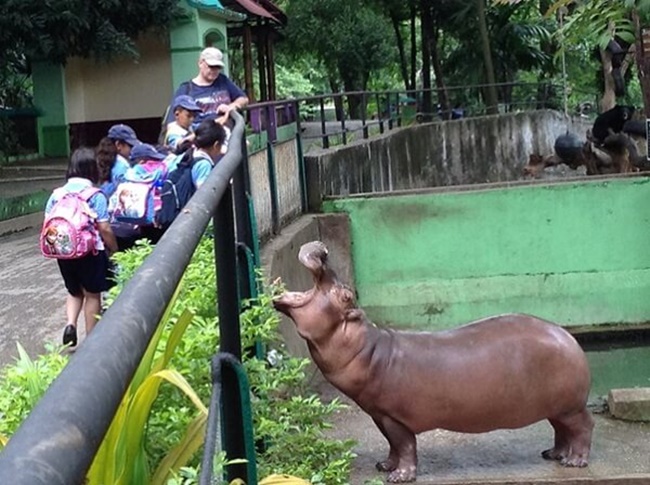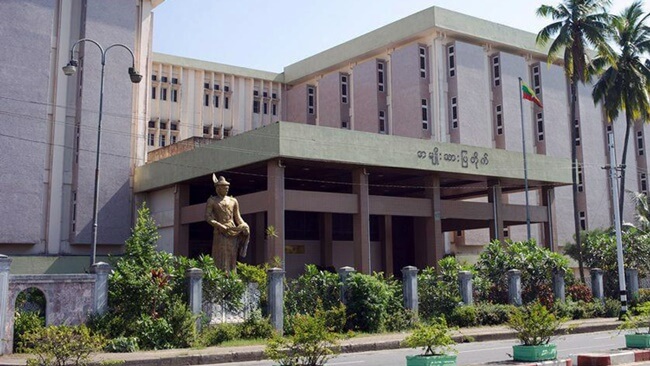History of Yangon
According to the locals, Yangon was founded as a Mon village named Dagon in the 11th century. In 1755, Alaungpaya King renamed Yagon meaning “End of Strife”. It was a British colonial city in the 19th century. At that time, it was the capital of Myanmar and rapidly grew in many different areas. Although Yangon is not the capital since 2005, it is still the most important industrial, commercial, and cultural centre of this country.

Things to See and Do in Yangon
It is said that a trip to Myanmar will be not complete if travellers do not have a visit to Shwedagon Pagoda. It is considered a guardian temple of the city as well as the most sacred place for the locals. Shwedagon Pagoda is estimated more than 2,500 years old and is like a 100m high gold bell. The dome is shaped with about 5,000 diamonds and precious gems. Moreover, there is a sole 76-carat diamond at the tip of the stupa. This pagoda includes the relics of four Buddhas. Additionally, a variety of colourful shrines, pavilions, minor stupas and Buddha statues are displayed on the terrace. Tourists can have a great view of the entire Yangon from this large open terrace. A large number of pilgrims walk clockwise around the main pagoda to pray or meditate.

Another holy destination suggested for visitors is Sule Pagoda, a historical and cultural important spot of Yangon. This pagoda is located at the junction of Sule Pagoda Road and Mahabandoola Road in Central Yangon and opens daily from 04:00 AM to 10:00 PM. There are four gates with stairs leading up to the pagoda. A single-hair relic of the Buddha is one of the highlights of this ancient pagoda. The main pagoda is a bell-shaped structure surrounded by small stupas, bronze bells, and shrines. Inside these shrines are eight Buddha images standing for each day of the week (Wednesday represents two days). Offerings such as flowers, fruits, and gold leaves can be bought from the vendors on the ground.

Kandawgyi Lake with traditional boat races attracts a large number of tourists, especially in November. The lakeside restaurants provide local food at suitable prices. The most outstanding one is Karaweik Hall where visitors can have a whole sight of the lake and Shwedagon Pagoda. The floating restaurant was shaped like a bird in the 1980s. It includes three floors: private dining rooms, spaces for traditional performances, Myanmar arts and crafts, and an amusement section for children. The property’s royal barge serves an international buffet with a cultural decoration. Additionally, it is a great inspiration for photographers, particularly at sunrise and sunset. Moreover, this site is very popular for all people to have a break time or take a stroll.

Yangon Zoo is also an ideal spot for travellers, especially families with children. When established in 1901, its main highlight was the lucky white elephant of the last king of Myanmar. Today, it has over 1,000 animals, including rare and endangered species such as Bengal tigers, Asian elephants, clouded leopards, and marsh crocodiles. Besides animals, it also contains a lot of Southeast Asian plants like shrubs, bamboo, palm trees, and seasonal flowers. Furthermore, the Museum of Natural History at the southern end of the park consists of rare local animals, a roller-coaster, and a large aquarium.

The National Museum is an awesome place where visitors can find treasures and special items such as ornate beds, silver and gold rugs, ivory kitchen chairs, traditional ceremonial dresses, etc. A model of the colonial-era State House is placed on the ground floor. The upper-floor galleries will help tourists gain more knowledge of the history, art, and culture of Myanmar.

What about you, are you curious about Southeast Asia's most impressive colonial architecture, food, and book vendors on pavements and glistening nightlife? Have a visit to the colorful city of Yangon to experience all its great items.
Leave a reply










_(1).png)
